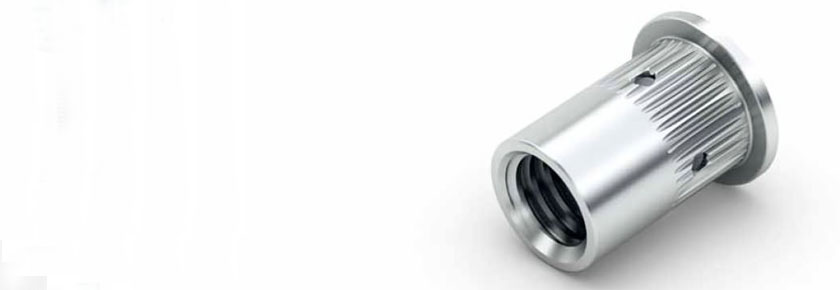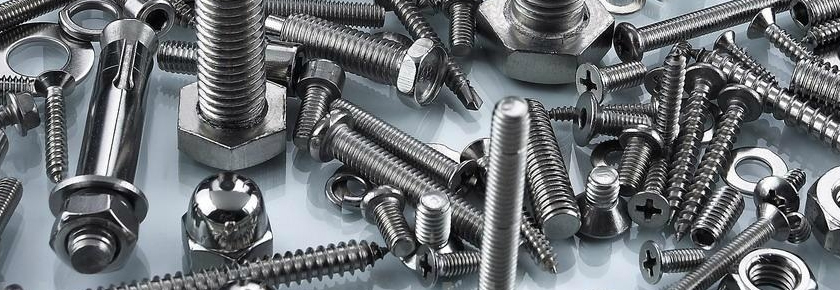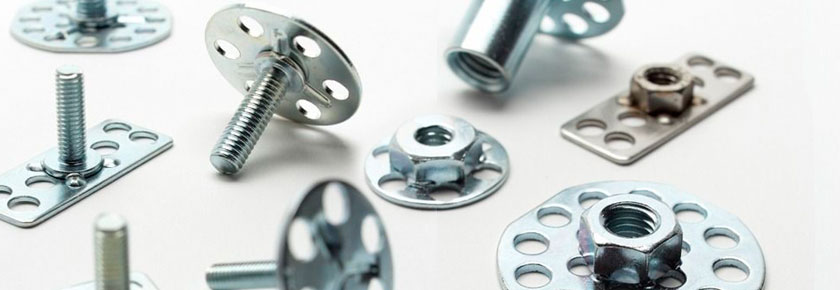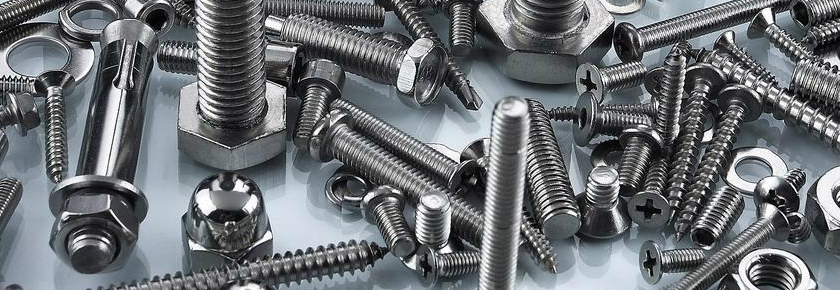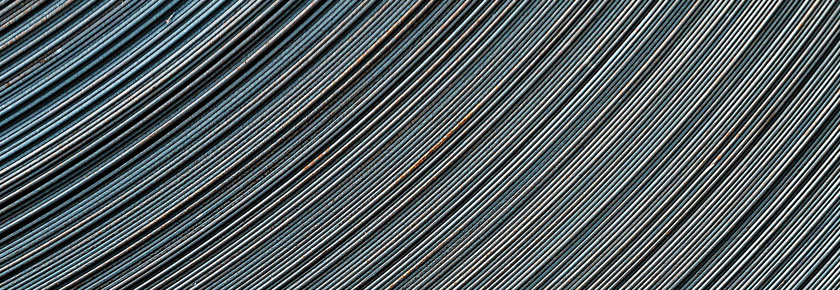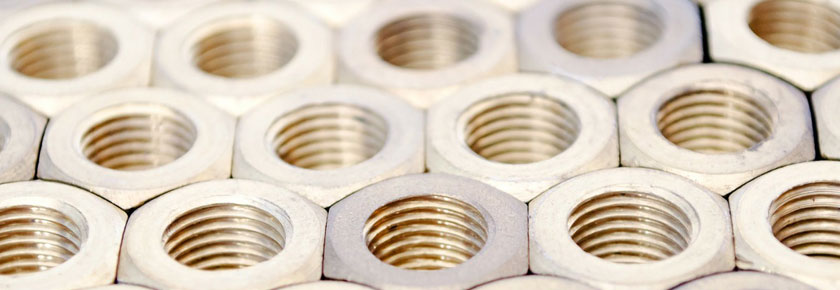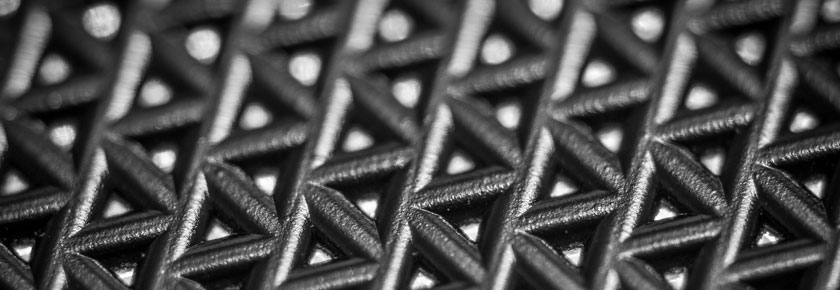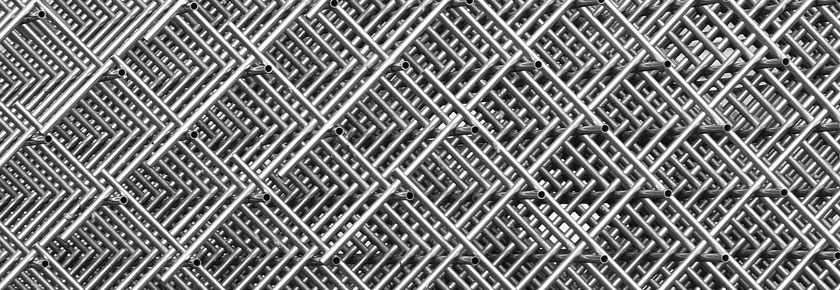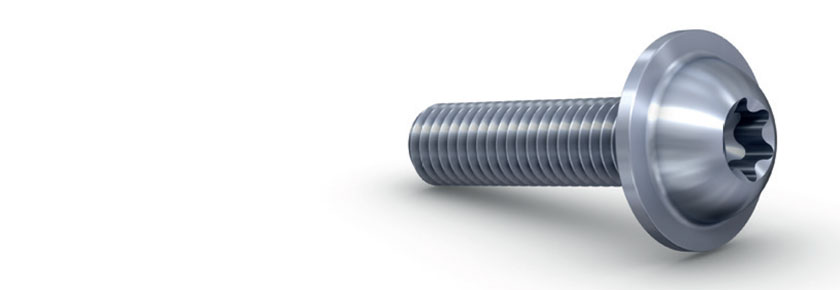A blind rivet nut is known for its use in projects where you have only one-sided accessibility. This nut allows easy assembly when you don’t have access to multiple sides of your project. They can be used in a wide variety of projects and a variety of different industries.
There are very clear benefits to using blind rivet nuts, some of these include:
- Simple blind installation
- Fast assembly time
- Low assembly costs
- Close-to-edge application
- A secure hold is provided
- No surface damage
With the advantages of blind rivet nuts, it can be easy to see why they would be useful. They are particularly beneficial in lightweight applications that can only be accessed from one side. Blind rivet nuts are great for soft materials like plastic, fiber glass and aluminum. This is because blind rivet nuts are relatively soft, but they are great in those materials because they can fit snuggly and they have the strength to hold properly.
Some good projects to use blind rivet nuts include cabinets, pipes, benches, fans, metal enclosures, heating installations, and air conditioning. Blind rivet nuts are also used in the automotive industry, the aerospace industry and many others. These fasteners are versatile and they carry a great number of benefits.
If you have questions about blind rivet nuts or how you can apply them to your next project, reach out to us at ProvenProductivity@bossard.com.

